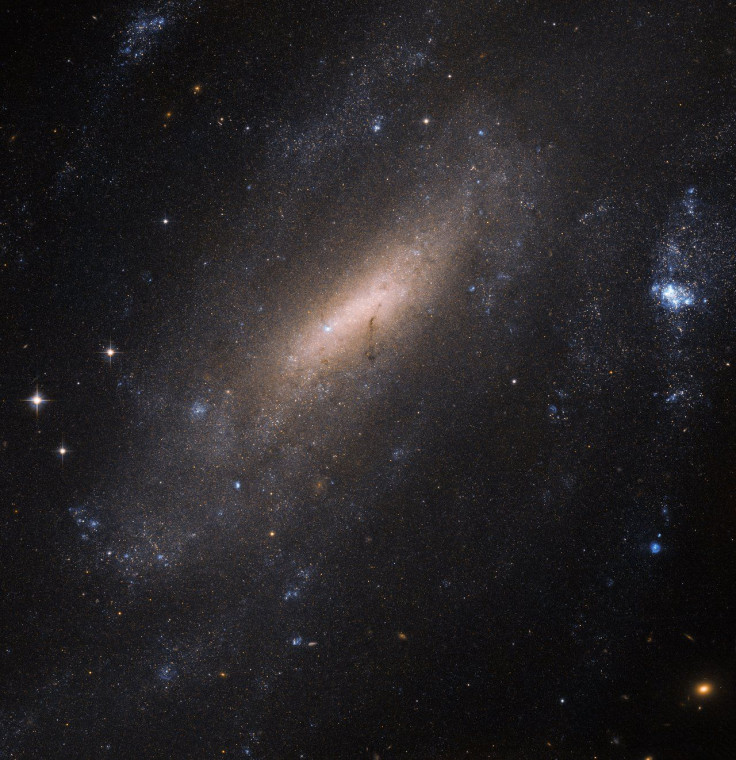Hubble Space Telescope Photographs IC 5201 — A Distant Barred Spiral Galaxy

Astronomers using the Hubble Space Telescope have captured an image of a distant spiral galaxy in unprecedented detail. The barred spiral galaxy, named IC 5201, is located over 40 million light-years from Earth in the direction of the constellation Grus and was first spotted in 1900 by the British-South African astronomer Joseph Lunt.
“Over a century later, the galaxy is still of interest to astronomers,” the European Space Agency (ESA) said in a statement accompanying the image.
The image, which reveals a bar of stars slicing through the center of IC 5201 — a feature visible in two-thirds of all spiral galaxies in the observable universe — was captured using the Advanced Camera for Surveys (ACS) on board the Hubble Space Telescope.
“Hubble’s ACS can resolve individual stars within other galaxies, making it an invaluable tool to explore how various populations of stars sprang to life, evolved, and died throughout the cosmos,” the ESA said.
The Hubble Space Telescope was launched aboard NASA’s space shuttle Discovery on April 24, 1990. Since then, it has not only captured an unimaginable number of truly spectacular nebulae and galaxies, it has also peered back over 13 billion years to look at our cosmos in its infancy, giving us, as NASA aptly put in an earlier statement, “a front row seat to the awe inspiring universe we live in.”
Most recently, Hubble snapped an image of the NGC 4388 — a galaxy located roughly 60 million light-years from Earth in the Virgo Cluster. The image showed the galaxy exhibiting traits seen both in spiral as well as elliptical galaxies — an unusual combination that scientists believe was caused by gravitational interactions between NGC 4388 and other galaxies in the Virgo Cluster, which is estimated to contain over 1,300 members.
© Copyright IBTimes 2024. All rights reserved.





















